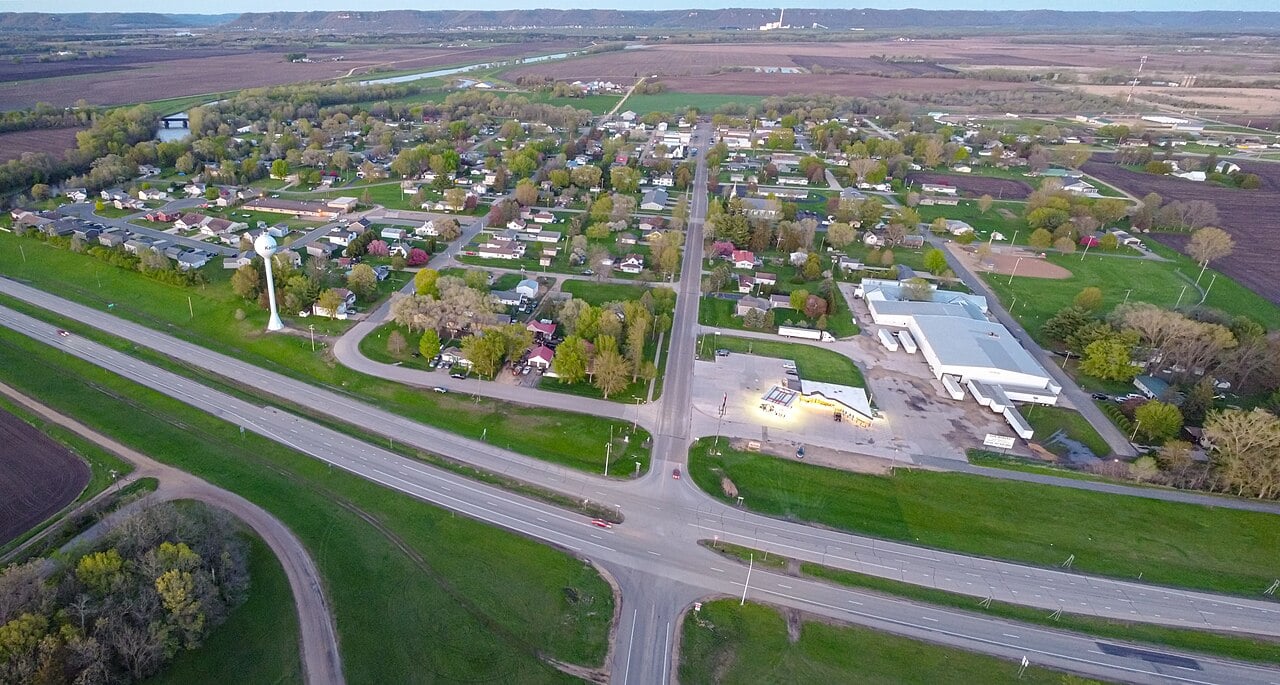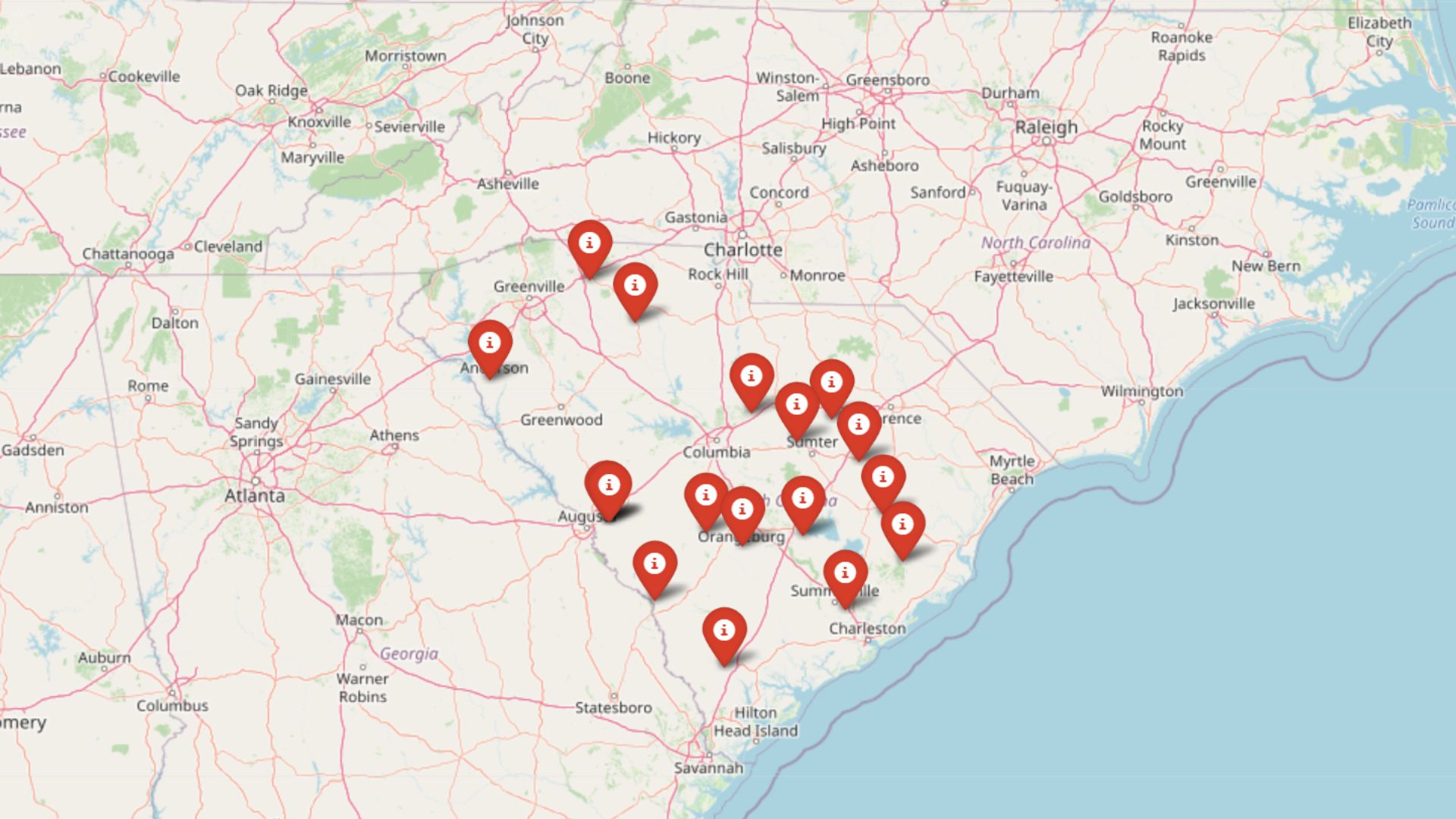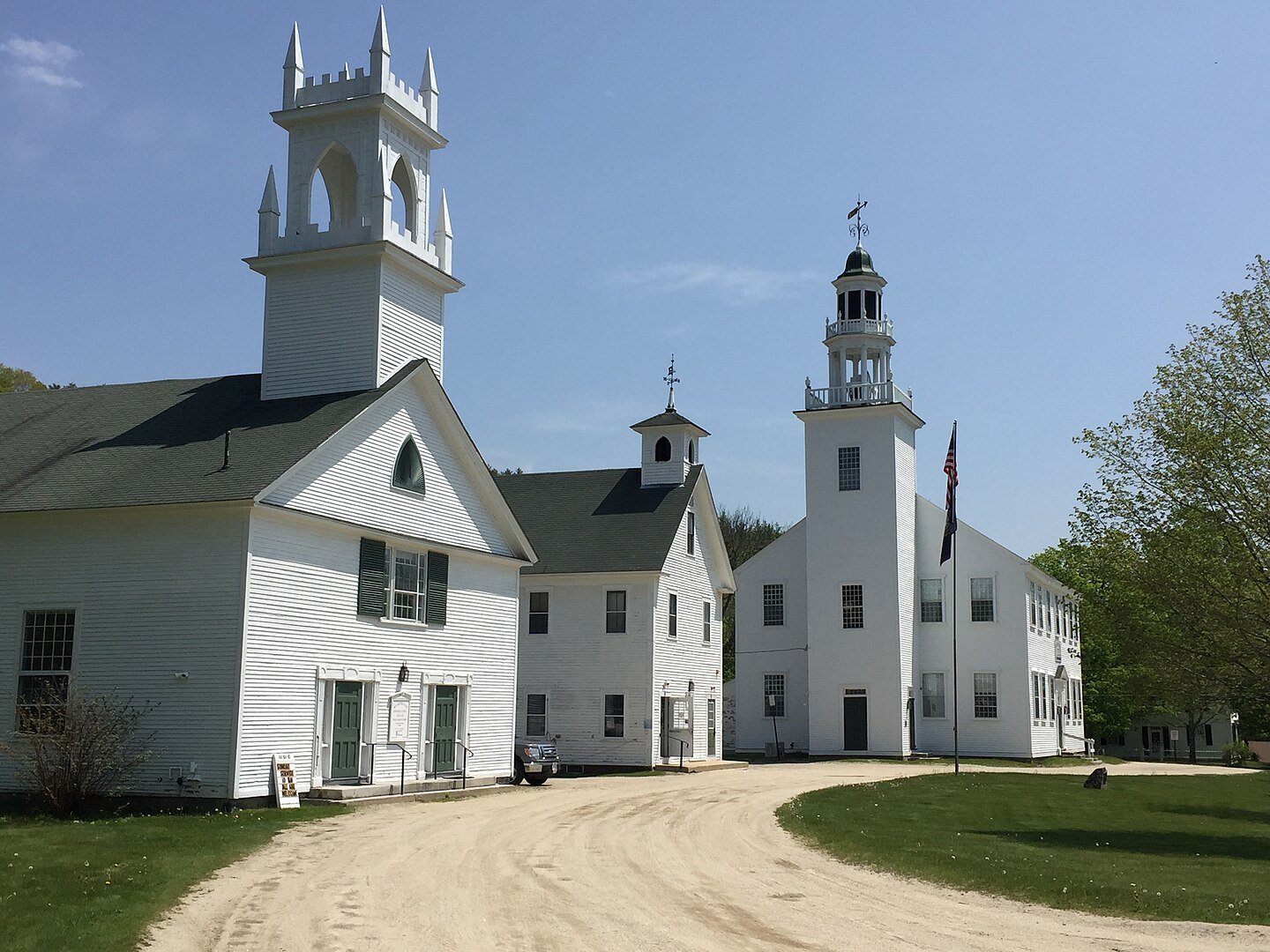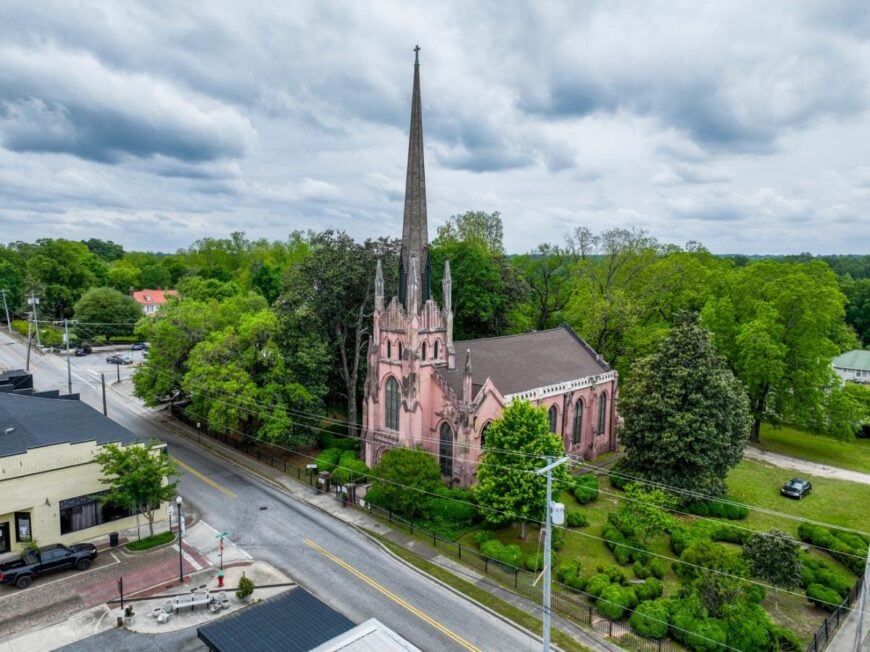
Southwest South Carolina is a landscape of borders and bends, where the Savannah River marks the edge of the state and towns seem to hold fast against time. These aren’t places you stumble across on the interstate—you find them by intention, following two-lane highways that wander through farmland, orchards, and pine woods.
The land here carries both history and quiet resilience. Old mills still cast long shadows over rivers, peach orchards bloom each spring like a second sunrise, and courthouse squares preserve a rhythm that has outlasted boom and bust alike. Every road seems to lead not just to a town but to a story that remains rooted in place.
Seclusion takes different forms across this corner of the state. In some towns it’s the long drive past rows of crops before you reach Main Street. In others it’s the sight of water stretching wide at Lake Russell or Thurmond Lake, where small communities sit at the edge of vast horizons.
What ties them together is a sense of deliberate stillness, a pace chosen rather than forced. These 25 towns show how Southwest South Carolina keeps its quiet intact, offering spaces where history, land, and community blend into something far removed from the rush of modern life.
25. Abbeville: History Meets Seclusion

Abbeville, South Carolina sits quietly off the main routes, a place you reach only by choice, not by accident. Its centerpiece is the Opera House, a century-old stage that still draws crowds and reminds the town of its cultural heart.
The Burt-Stark Mansion tells of political turning points, while weekends often lead residents to Lake Russell for fishing and calm waters. Much of the local economy leans on small businesses, agriculture in the surrounding countryside, and tourism tied to its history and events.
Festivals and community gatherings keep money flowing through the square, giving the town a way to sustain itself while staying small. It’s the kind of place where livelihood and tradition blend, leaving you with the sense that the world is fuller when it slows down.
Where is Abbeville?
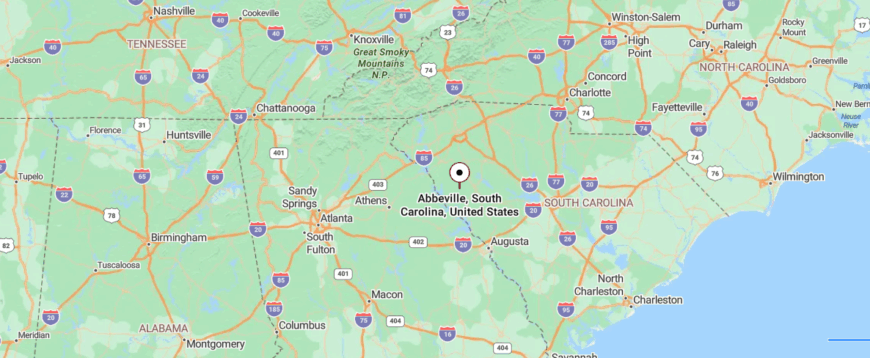
Abbeville lies in South Carolina’s western Piedmont, close to the Georgia border. It’s about 45 miles south of Greenville and 90 miles west of Columbia, reached by U.S. Highway 25 and SC-72/28 rather than any interstate. The approach runs through rolling farmland and pine woods that thin into open squares and courthouse streets.
By the time you arrive, the highway bustle has faded, and the town feels like a distinct pocket of history and calm. The roads in don’t rush you; instead, they slow to a pace that matches the Opera House and courthouse green, where the town has held its center for more than a century.
24. Ninety Six: A Historic Refuge
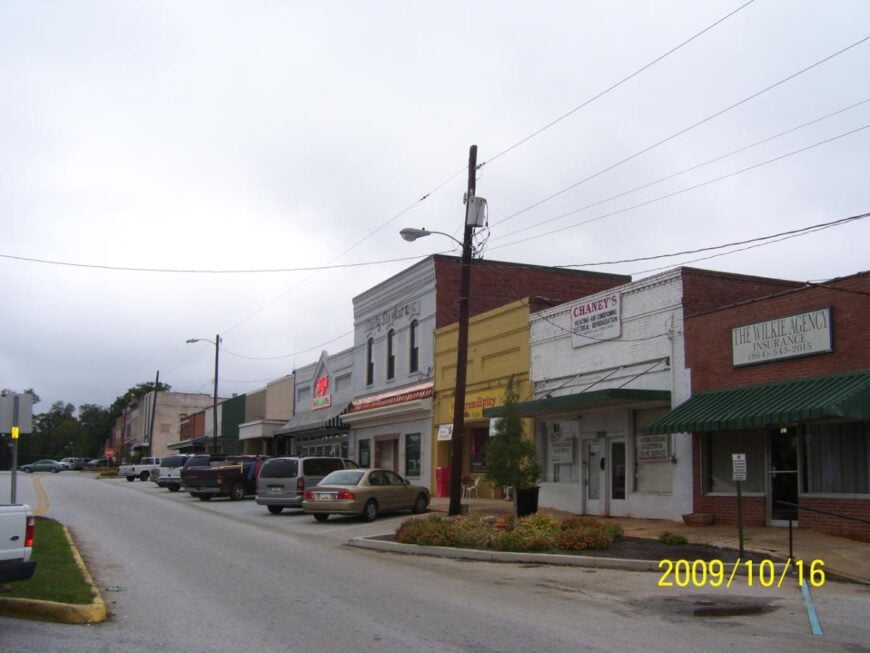
Ninety Six, South Carolina sits quietly on the map, its unusual name sparking curiosity long before you arrive. What sets it apart is the Revolutionary War history etched into the Ninety Six National Historic Site, where earthworks and star-shaped forts still guard their secrets.
Trails weave through pine woods and quiet fields, inviting visitors to walk the same ground where battles once raged. Beyond history, locals spend weekends fishing or boating on nearby Lake Greenwood, a peaceful counterbalance to the echoes of the past.
The economy here leans on small-town commerce, outdoor tourism, and the steady presence of agriculture in the surrounding county. It’s a town that shows how heritage and everyday life can share the same quiet streets without ever losing their balance.
Where is Ninety Six?
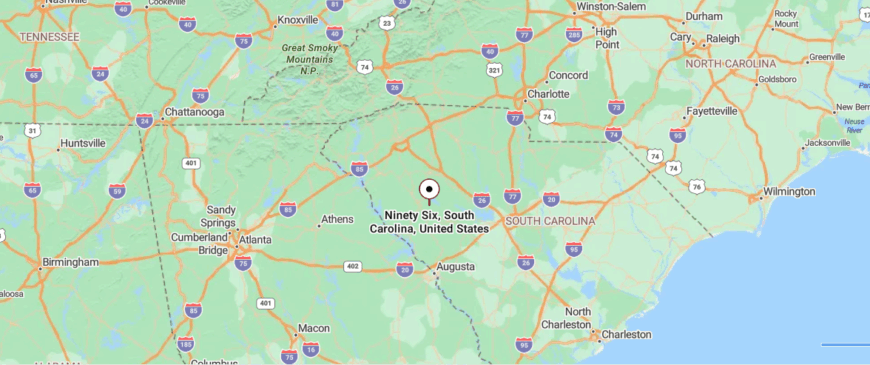
Ninety Six rests in the western heart of South Carolina, a small community with roots deep in Revolutionary War history. It’s located about 60 miles southeast of Greenville, tucked just beyond the busier flow of Interstate 26.
The route into town follows quiet two-lane roads lined with fields and patches of woodland, where traffic thins and the landscape slows. By the time you arrive, it feels like a step back from the present, a place where distance is measured more in peace than in miles.
23. Ware Shoals: A Riverside Hideaway
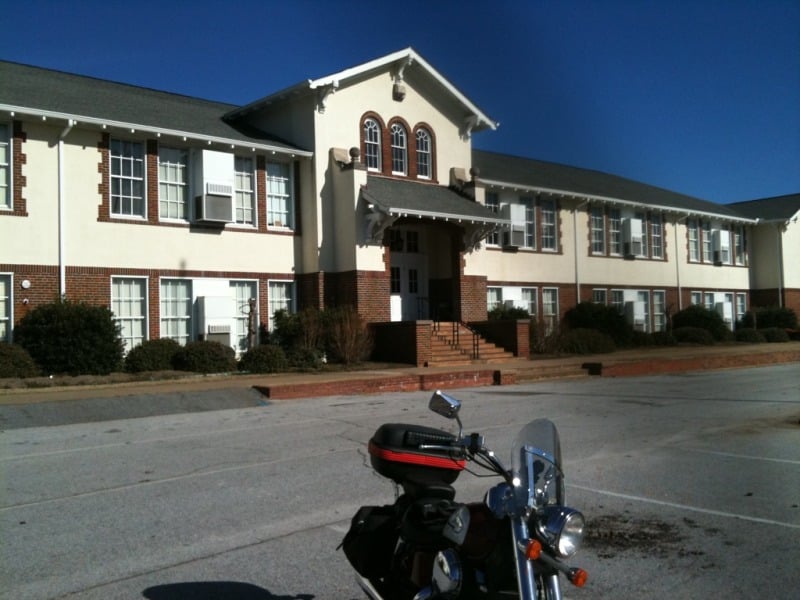
Ware Shoals grew up around the Saluda River, where the roar of the water once powered a textile mill that became the heartbeat of the town. Though the mill has quieted, its legacy lingers in brick buildings and the community woven around them.
The river is still central, now serving as a gathering place for fishing, kayaking, and summer festivals on the banks. Small businesses, schools, and light industry form the backbone of today’s economy, keeping life steady while honoring its working-class roots.
Visitors often find themselves drawn to the historic Ware Shoals Inn or the parklands where the town celebrates its past with music and fairs. It’s a place that reminds you how strongly a river can shape both livelihood and spirit.
Where is Ware Shoals?
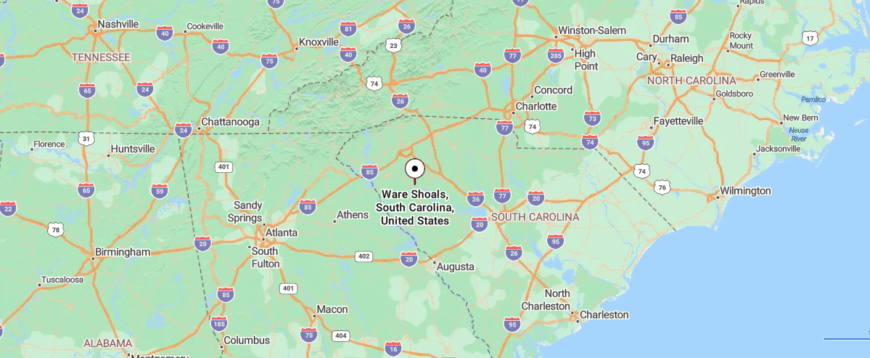
Ware Shoals sits directly on the Saluda River in upstate South Carolina, where Greenwood, Laurens, and Abbeville counties meet. U.S. Highway 25 runs straight through town, with SC-252 crossing the river and tying the mill village to the countryside around it.
The drive in passes farmland, low hills, and remnants of textile heritage until the river announces itself with bridges and spray. When you arrive, Ware Shoals feels cradled in its bend of the Saluda, at once a river crossing and a riverside community that never fully let go of its mill-town roots.
22. Due West: A College Town in the Quiet Countryside
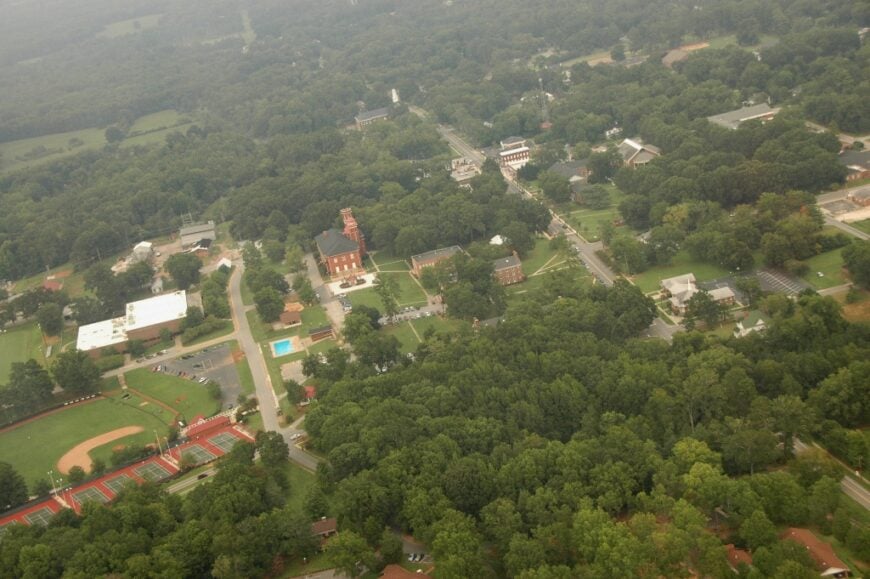
Due West feels almost hidden in the countryside, a town defined as much by its quiet streets as by the steady presence of Erskine College. The campus, with its historic brick halls and shady oaks, gives the town a scholarly rhythm, where student life mixes with local tradition.
Walks here lead you past old churches, modest shops, and the kind of cafés where everyone knows each other’s name. Outdoor time often means drives into the nearby foothills or lingering at neighborhood ballgames where the whole town shows up.
Much of the local economy ties back to education, small services, and the steady trade of surrounding farms. What lingers when you leave is the sense of a place content to move at its own thoughtful pace.
Where is Due West?
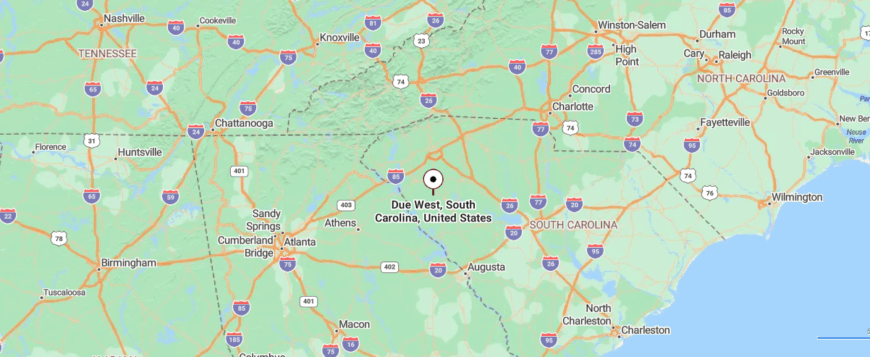
Due West lies in Abbeville County in the upper western part of South Carolina, surrounded by farmland and forest. It’s roughly 45 miles from Greenville, reached by smaller highways that branch away from the main interstate routes.
The drive in takes you past open fields and quiet stretches of pine, with little to distract from the rhythm of the road. By the time you arrive, the town feels set apart, carrying a stillness that makes its name feel fitting.
21. Johnston: The Peach Capital’s Peaceful Side
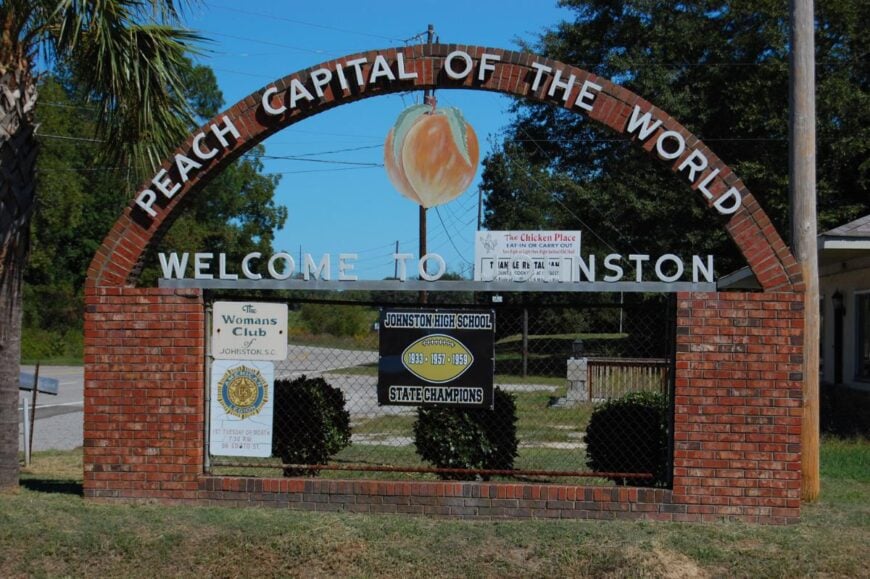
Johnston is often called the Peach Capital of the World, and that title shapes nearly everything about the town. Each spring, the Peach Blossom Festival fills the streets with parades, music, and food, a celebration rooted in the orchards that stretch for miles around.
Agriculture isn’t just history here—it’s the backbone of the economy, with peaches, farms, and related trade supporting daily life. Visitors can wander small shops on Main Street, stop into local diners, or take scenic drives past rows of fruit trees heavy in season.
Outdoor lovers often find their way to nearby Sumter National Forest for hiking and quiet escapes. It’s the kind of place where the sweetness of the land and the rhythm of the seasons guide how people live.
Where is Johnston?
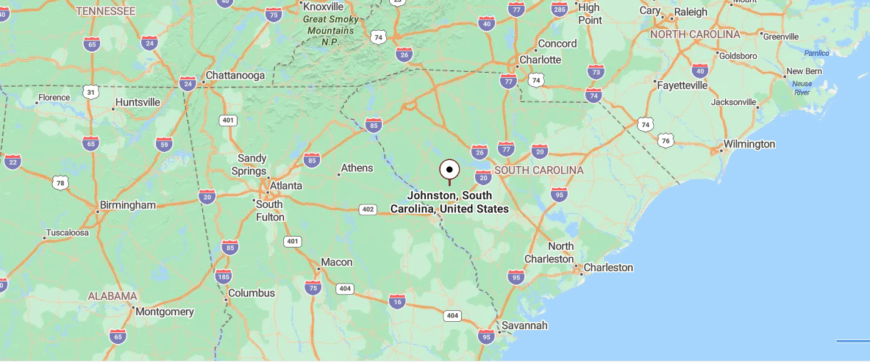
Johnston sits in Edgefield County in the west-central part of South Carolina, known widely as the Peach Capital of the World. It lies about 50 to 55 miles west of Columbia and roughly 30 miles northeast of Augusta, reached by U.S. Highway 25 or SC-121 after leaving Interstate 20. The route runs through orchards, farmland, and low hills that hint at the town’s agricultural lifeblood.
By the time you arrive, the highway has narrowed into slower streets edged by fruit stands and family farms. The landscape itself frames Johnston as a community defined by its orchards, with rows of peach trees leading almost right into town.
20. Saluda: A Town Between Rivers
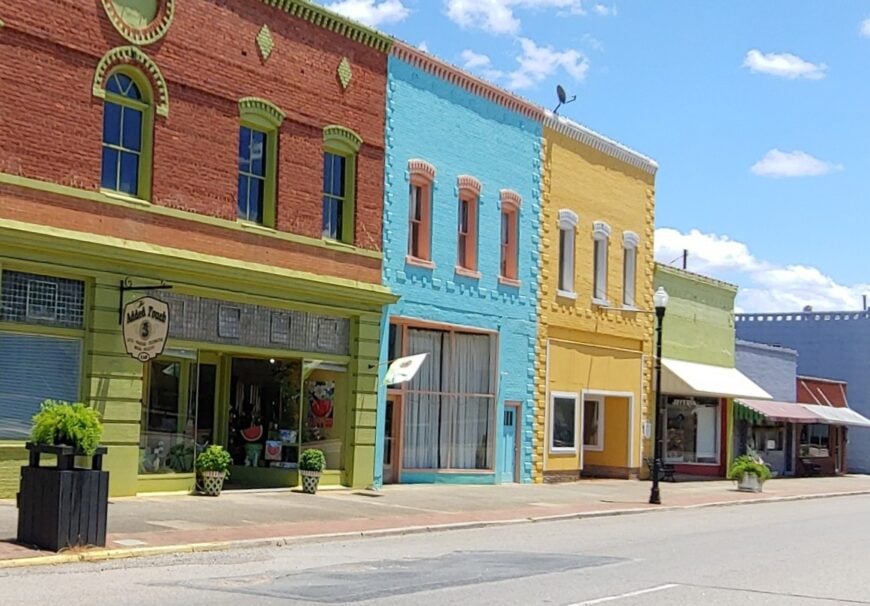
Saluda carries the weight of history with quiet pride, known as the birthplace of two governors and a courthouse square that feels untouched by time. The Saluda County Museum and the old jailhouse open windows into stories that shaped both the town and the state.
Beyond history, Lake Murray lies just a short drive away, offering boating, fishing, and wide-open water that locals treasure. Agriculture, small manufacturing, and tourism tied to its historic roots form the backbone of the economy.
Community events, from local fairs to heritage festivals, keep the calendar full and the town square alive. It’s the kind of place where heritage and small-town rhythm create a steady pulse you can feel as soon as you arrive.
Where is Saluda?
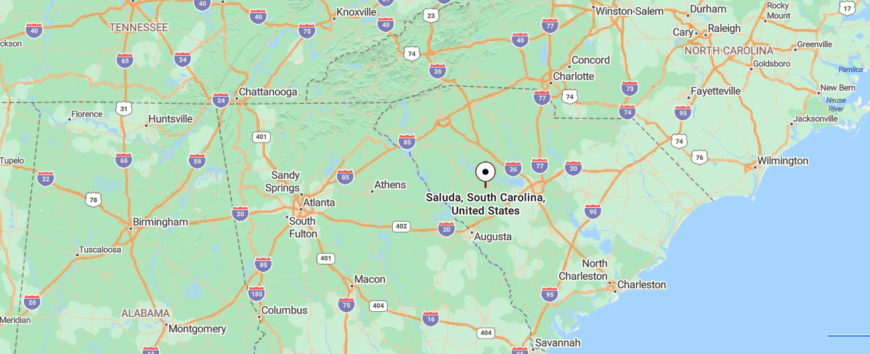
Saluda is tucked into the west-central part of South Carolina, serving as the seat of Saluda County. It’s about 45 miles west of Columbia, reached by state highways that lead you off Interstate 20 and into rolling farmland.
The journey winds through stretches of pasture and pine, where traffic gives way to long, quiet views. By the time you reach the courthouse square, the town feels like a place both central and apart, set in its own calm pocket of the state.
19. Lowndesville: A Lakeside Whisper
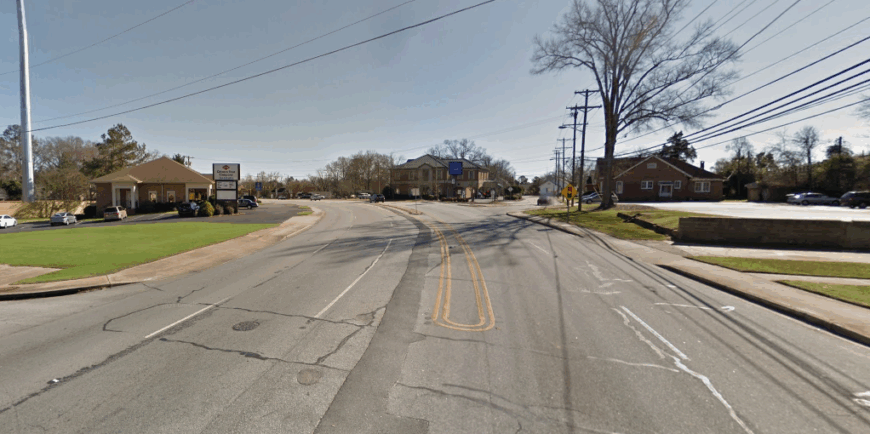
Lowndesville is the kind of place you almost miss unless you’re looking for it, tucked near the shores of Lake Russell where the water stretches wide and still. Once a thriving river town in the 1800s, it has since quieted to a handful of streets lined with old houses and a church steeple that marks the skyline.
Today, life revolves around the lake—fishing, boating, and camping draw people in, even as the town itself stays small and unhurried. The economy leans on outdoor tourism and the surrounding farms that keep the region rooted.
Visitors often remark on the silence, broken only by the sound of water lapping against the banks or cicadas in the trees. It’s a reminder that sometimes the smallest towns hold the deepest sense of calm.
Where is Lowndesville?
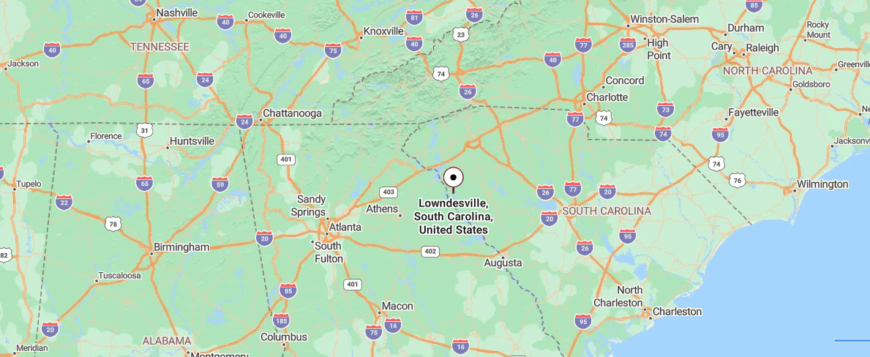
Lowndesville sits near the western edge of South Carolina, close to the shores of Lake Russell and not far from the Georgia line. It’s about 50 miles southwest of Greenville, reached by narrow country highways that drift away from the main routes.
The drive carries you past farmland, quiet woods, and glimpses of the lake’s shoreline, giving the sense of leaving busier roads behind. By the time you arrive, Lowndesville feels tucked against the water, remote yet quietly welcoming.
18. Monetta: The Ridge’s Hidden Hamlet
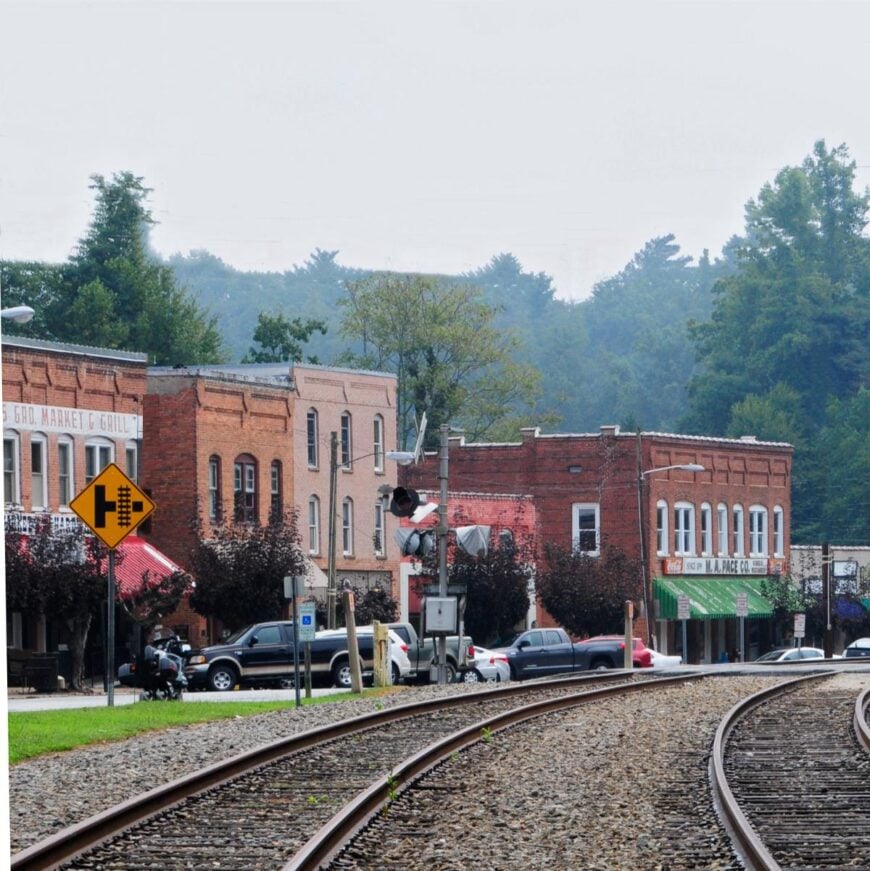
Monetta is a split-town of sorts, straddling the line between Saluda and Aiken counties, which gives it a quiet identity all its own. Life here is closely tied to the land, with farms and orchards shaping both the economy and the scenery that stretches along its roads.
The town is best known for the Monetta Drive-In Theatre—“The Big Mo”—where summer nights still bring families together under the glow of the screen. Beyond that, the rhythm is simple: roadside produce stands, friendly gatherings, and backroads that seem to wander endlessly.
Agriculture keeps the town steady, while the drive-in draws a touch of tourism that adds to its charm. It’s the kind of place where a movie beneath the stars feels more timeless than anything on the screen.
Where is Monetta?
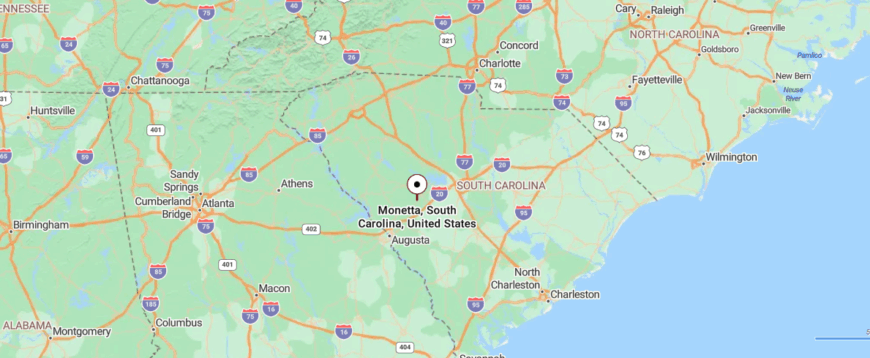
Monetta lies on the border of Aiken and Saluda counties in the central part of South Carolina. It’s about 35 miles southwest of Columbia, reached by exiting Interstate 20 and following smaller highways through farmland and peach orchards.
The road in narrows to quiet stretches where tractors and fields outnumber passing cars. By the time you arrive, Monetta feels like a small crossroads town wrapped in open country and time-honored rhythm.
17. Willington: A Forgotten River Town
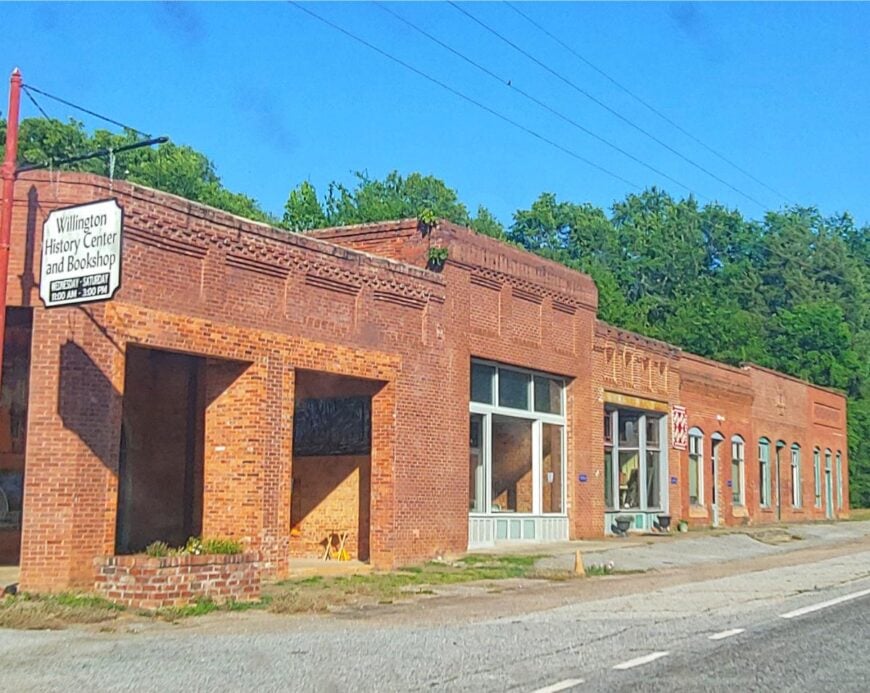
Willington rests along the Savannah River, once a bustling hub of trade in the early 1800s that has since slipped into near stillness. The town is best remembered for its academy, a place of learning that drew scholars long before bigger cities claimed the spotlight.
Today, history lingers in the preserved buildings of Willington on the Way, where visitors can step into old stores, a chapel, and a library that honor its past. The surrounding forests and riverbanks offer solitude, with opportunities for paddling and exploring where the water bends.
Its economy is modest, tied to heritage tourism and the enduring farms that edge the countryside. What remains most striking is the quiet dignity of a town that once thrived and now survives as a living memory.
Where is Willington?
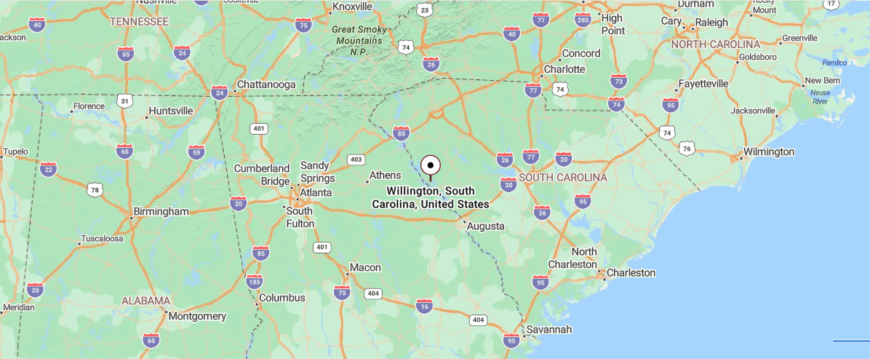
Willington rests in McCormick County in the western reaches of South Carolina, near the Savannah River and the Georgia border. It’s about 65 miles west of Columbia, reached by winding state highways that slip through forest and farmland.
The approach is slow and quiet, with stretches of pine giving way to occasional clearings. By the time you arrive, Willington feels like a hidden stop, where the stillness lingers longer than the road behind you.
16. Coronaca: A Roadside Hamlet
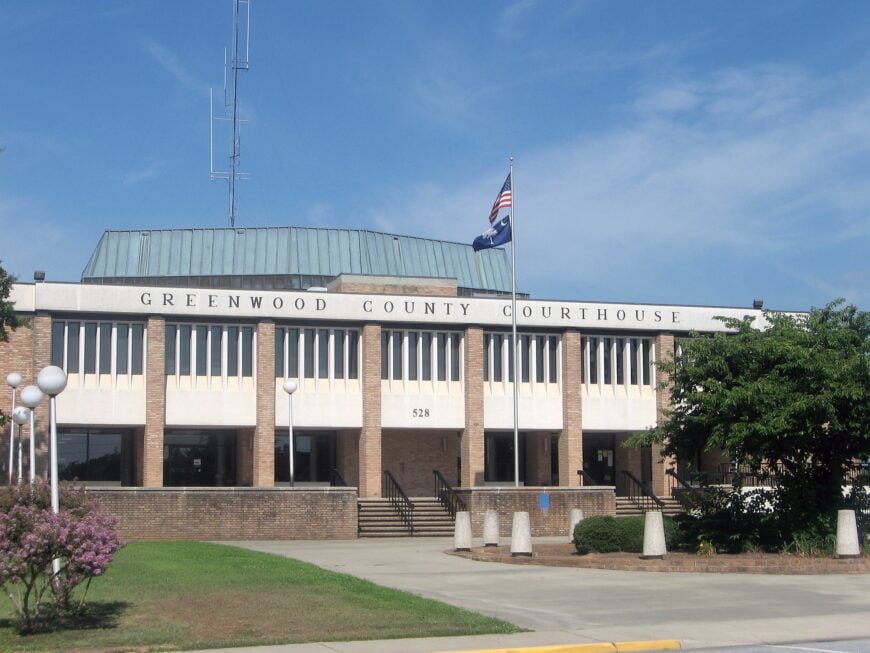
Coronaca sits just outside Greenwood, but it feels far more removed, tucked between stretches of farmland and pine woods where the roads narrow and slow. It’s not a place filled with landmarks so much as open skies and fields, where the quiet itself seems to be the main attraction.
Outdoor life defines much of the rhythm here—hunting, fishing, and long drives toward nearby Lake Greenwood. The economy relies on agriculture and small services, with many residents commuting into larger towns while keeping their roots close to the land.
Community gatherings are simple but meaningful, often centered on churches and local halls. It’s the kind of place where seclusion isn’t created by distance, but by the way the land itself holds everything in calm.
Where is Coronaca?

Coronaca is a small community in Greenwood County, situated in the western part of South Carolina’s Piedmont region. It lies just 8 miles northeast of Greenwood, reached by two-lane country roads that weave past fields and clusters of pine.
The short drive feels removed from the main flow of traffic, trading speed for quiet stretches of open land. By the time you arrive, Coronaca feels like a place set apart, close to town yet softened by the calm of its rural edges.
15. Chappells: A Crossroads of Solitude

Chappells lies quietly along the Saluda River, a community that once thrived as a railroad stop before time and floodwaters reshaped its course. Today, remnants of its past linger in old foundations and family cemeteries that speak more through silence than words.
The river is the true companion here, offering fishing, paddling, and wooded trails that draw people who prefer seclusion to noise. Small farms and timber help sustain the local economy, while many residents look to nearby towns for work and trade.
Visitors often come searching for history and end up finding a deeper stillness in the landscape itself. Chappells is the kind of place that reminds you how the past and present can quietly coexist along the river’s edge.
Where is Chappells?
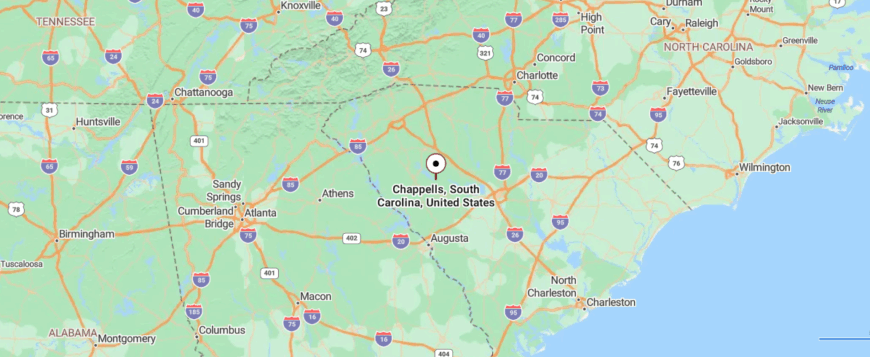
Chappells sits in Newberry County near the Saluda and Greenwood county lines, in the upper-central part of South Carolina. It’s about 30 miles from Greenwood, reached by winding two-lane roads that trace farmland and cross wooded hills.
The journey slows as you near the Saluda River, where bridges and bends mark the way into town. By the time you arrive, Chappells feels tucked between water and woods, a quiet corner that time seems to pass by.
14. Silverstreet: A Village Surrounded by Fields
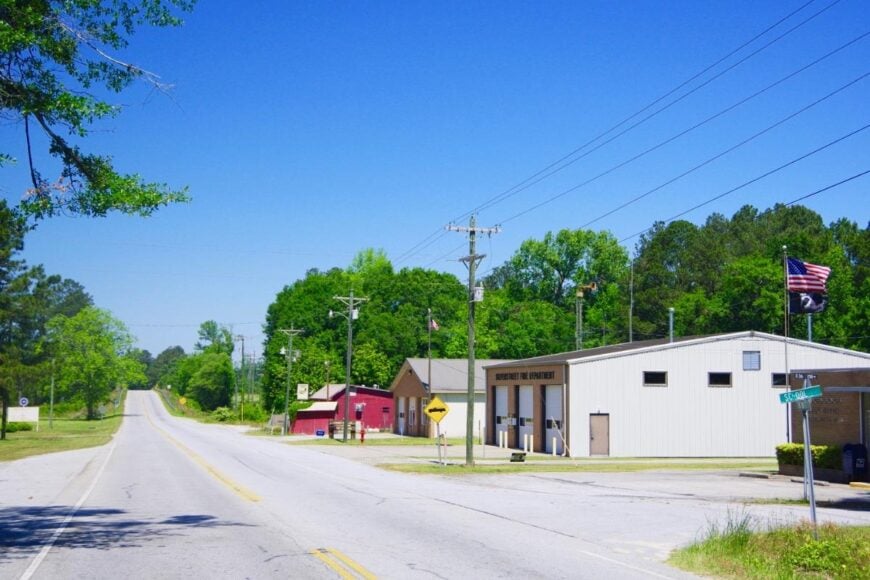
Silverstreet is the kind of small town where everything seems to circle back to the community center, the church, and the ballfields. It may be small in size, but weekends often bring people together for youth sports, cookouts, and local fundraisers that keep neighbors close.
Agriculture remains the heartbeat of the economy, with fields and farms stretching around the edges of town. The Silverstreet Community Center is a hub for gatherings, from family reunions to holiday events that fill the calendar.
For anyone passing through, the pace feels slower, but the sense of connection is unmistakable. It’s the kind of place where belonging comes not from the size of the town, but from the way everyone’s part of the story.
Where is Silverstreet?
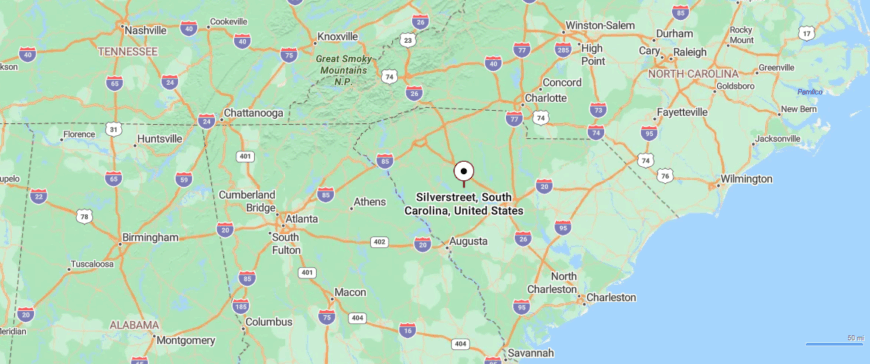
Silverstreet lies in Newberry County, set in the central Piedmont of South Carolina. It’s about 12 miles west of Newberry, reached by leaving Highway 34 for smaller country roads that curve past farmland and forest.
The drive offers glimpses of barns, wide fields, and patches of pine, creating a steady quiet before you arrive. By the time you reach town, Silverstreet feels like a pause in the landscape, simple and set apart.
13. Cross Hill: A Hidden Ridge Settlement
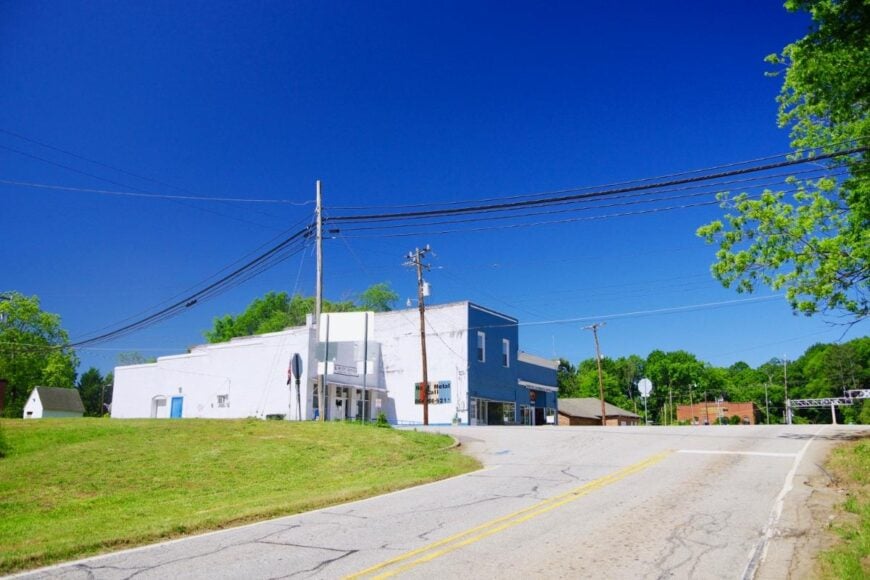
Cross Hill sits in the northern stretch of Lake Greenwood, where long views of water and rolling farmland shape both scenery and livelihood. The town grew around crossroads trading and still carries that spirit of being a meeting place, even if traffic has thinned over the years.
Lake life keeps people busy—fishing, boating, and camping are weekend staples that balance the slower weekdays. Small shops, churches, and farms form the backbone of the economy, with many residents commuting outward but returning home to the quiet.
Annual events and gatherings bring neighbors into the heart of town, reminding everyone of the ties that keep the community strong. Cross Hill leaves its mark by showing how water, land, and people weave into a rhythm that feels steady and unshaken.
Where is Cross Hill?

Cross Hill is located in Laurens County in the upper-western part of South Carolina. It sits about 25 miles from Greenwood, reached by state highways that narrow into two-lane stretches lined with fields and timber.
The approach winds gently, carrying you past rolling countryside where life slows with every mile. By the time you arrive, Cross Hill feels like a quiet rise on the map, small in size but distant in spirit from the busier towns nearby.
12. Hodges: A Railroad Town Gone Quiet
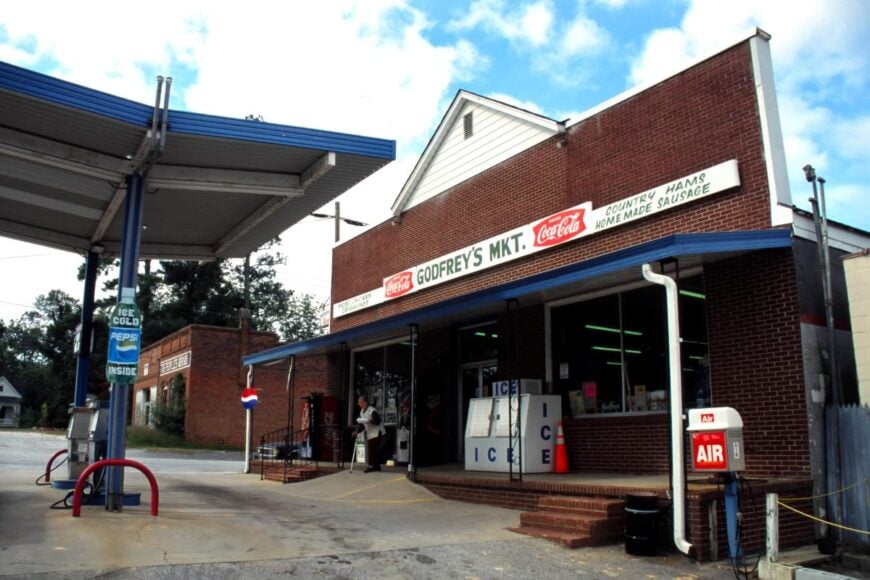
Hodges rests quietly along Highway 25, where pine forests press close to the road and cicadas hum through long summer afternoons. The town is small, with a few streets and a post office that anchors daily life, yet it carries the faint echo of being a once-busy stop on the rail line.
You can hear the stillness most in the evenings, broken only by church bells or the rumble of trucks heading toward Greenwood. Outdoor time is simple—walking wooded paths, fishing in nearby creeks, or driving the backroads where farmland stretches wide.
The economy leans on agriculture, local services, and commuters who work in larger neighboring towns. Hodges lingers in memory not for what it shows, but for the quiet way it makes you notice sound, space, and time.
Where is Hodges?
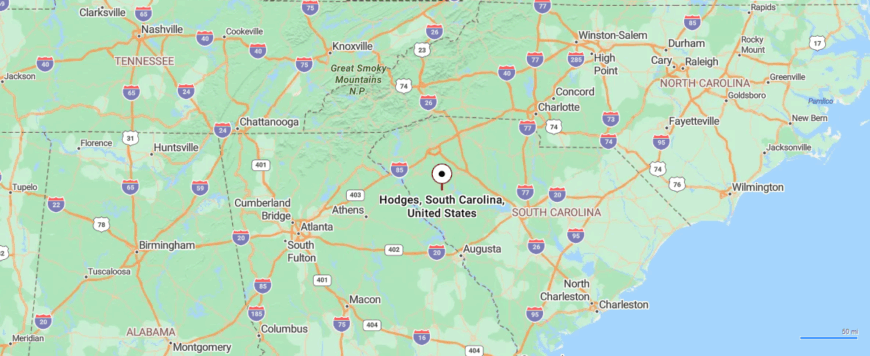
Hodges is a small town in Greenwood County in western South Carolina, tucked between Greenwood and Abbeville. It’s about 55 miles south of Greenville, reached by U.S. Highway 25 before turning onto quieter local roads.
The drive brings you past open farmland and long stretches of pine that thin as you near town. By the time you arrive, Hodges feels like a modest stop surrounded by wide, unhurried country.
11. Mountville: A Hamlet Among Rolling Fields
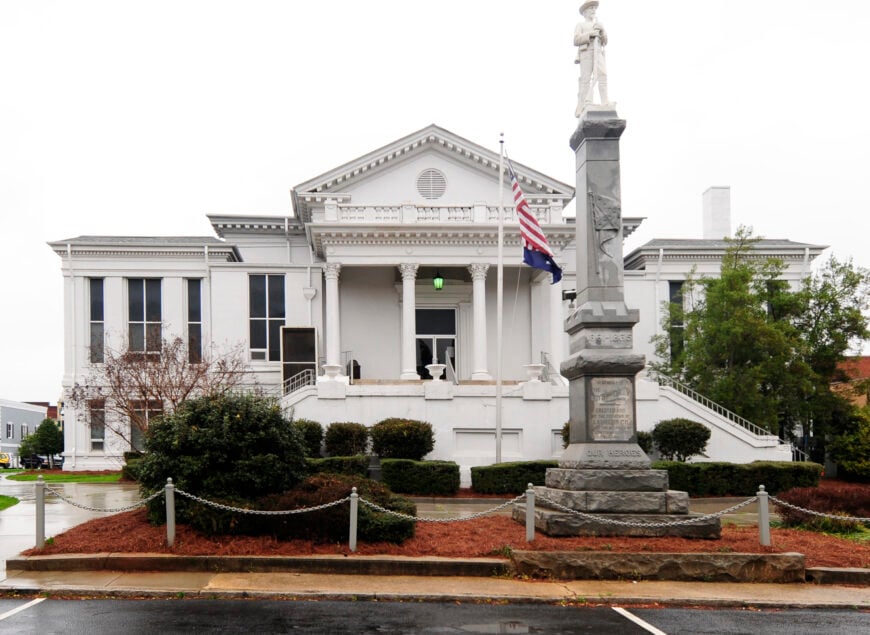
Mountville began as a crossroads settlement in the 1800s, and though little of its early bustle remains, traces of that history linger in its churches and family farms. The town is small enough to pass through in minutes, yet its quiet fields and wooded edges make it feel worlds away from busier places.
Life here leans heavily on agriculture, with generations tied to the land and its steady rhythms. Nearby Lake Greenwood offers fishing and camping, giving locals and visitors alike a place to gather outside town.
Community events are modest—church suppers, holiday gatherings, school functions—but they carry a weight of tradition. Mountville leaves its impression not through size, but through the feeling of stepping into a place where time has learned to move gently.
Where is Mountville?
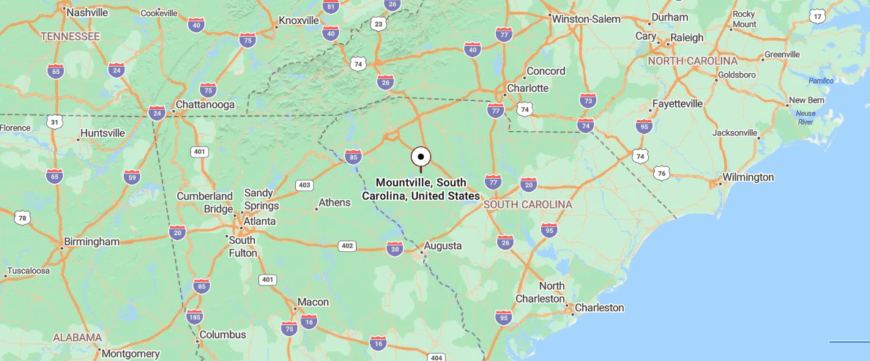
Mountville rests in Laurens County, in the upstate section of South Carolina. It’s about 15 miles southwest of Laurens, reached by two-lane roads that drift through open farmland and patches of woods.
The approach feels unhurried, with long views of fields stretching toward low hills. By the time you arrive, Mountville carries the quiet of a place that seems to sit just beyond the edges of time.
10. Parksville: A Quiet Riverside Village
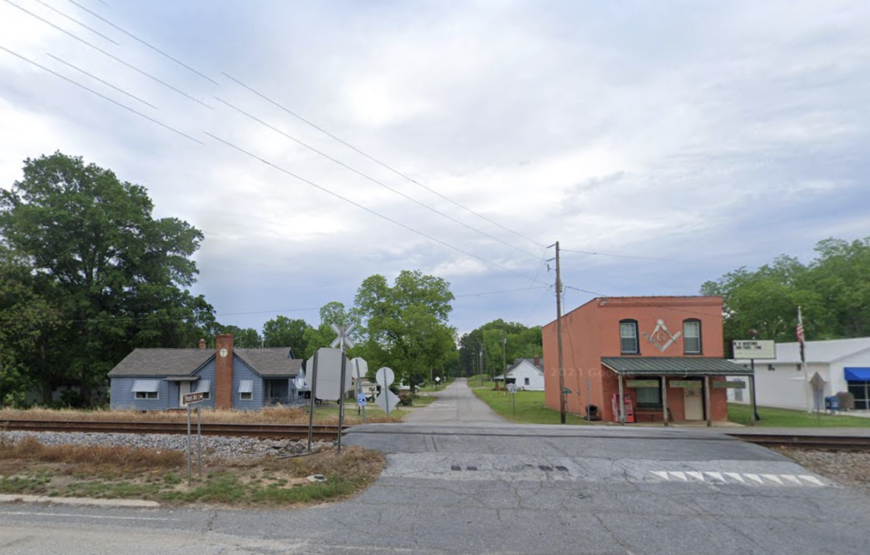
With a population of just around 100 residents, Parksville is a charming riverside village that I’ve found to be one of the most peaceful places in South Carolina. Nestled along the Savannah River, it’s an ideal spot for fishing, boating, and simply enjoying the serene waterfront views.
The town doesn’t have much in the way of industry, which only adds to its quiet, laid-back atmosphere. Instead, life here revolves around the natural surroundings and the close-knit community.
What makes Parksville truly secluded is its minimal development and the expansive forests that envelop the area, providing a sense of escape from the modern world. If you’re looking for a place where time seems to slow down, Parksville might just be your perfect getaway.
Where is Parksville?
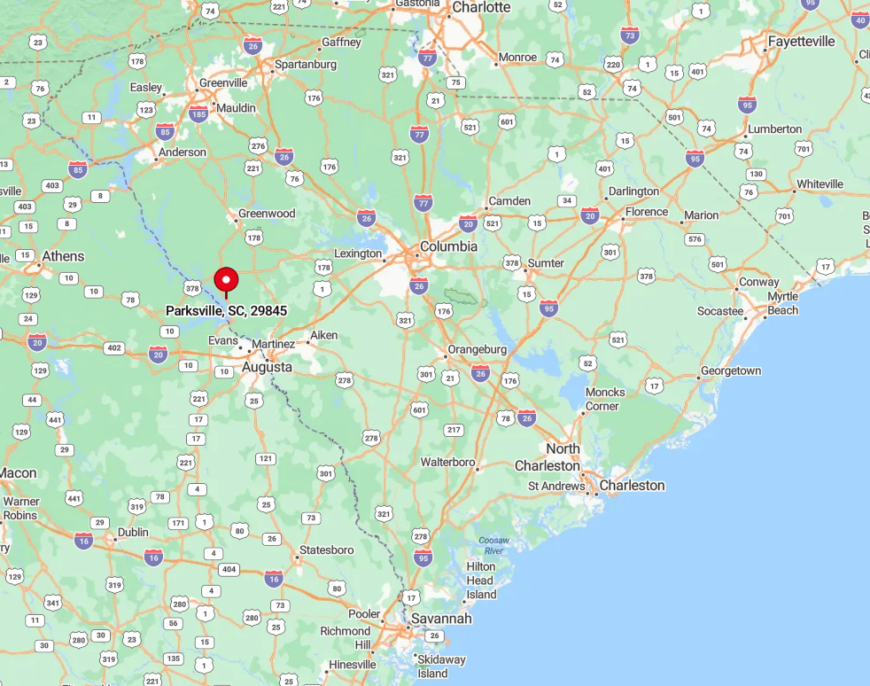
Located in McCormick County in southwest South Carolina, Parksville sits near the border with Georgia, right on the banks of the Thurmond River. Its seclusion is heightened by the dense woodlands and the lack of major highways passing through the town.
To get there, you can take SC Highway 28, which winds through the countryside and offers scenic views along the way. The town’s remote location means it’s off the beaten path, making it a hidden treasure for those who appreciate solitude.
9. Calhoun Falls: Nature’s Retreat
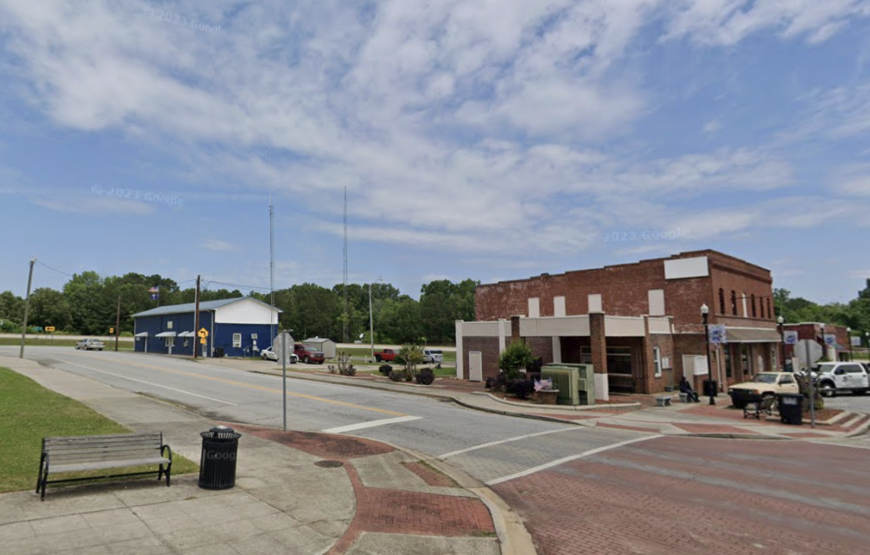
Calhoun Falls is a small town with a population of approximately 2,000 residents, offering a tranquil setting that’s hard to find elsewhere. It’s home to Calhoun Falls State Park, one of my favorite spots for camping, hiking, and enjoying the great outdoors along Lake Russell.
The town’s economy is modest, with local businesses serving the community and visitors to the state park. What makes Calhoun Falls secluded is the natural barriers provided by the lake and surrounding forests, which create a peaceful buffer from the outside world.
The abundance of undeveloped land and the quiet streets make it a perfect retreat for nature lovers. If you’re seeking a place where you can truly connect with nature, Calhoun Falls is worth exploring.
Where is Calhoun Falls?
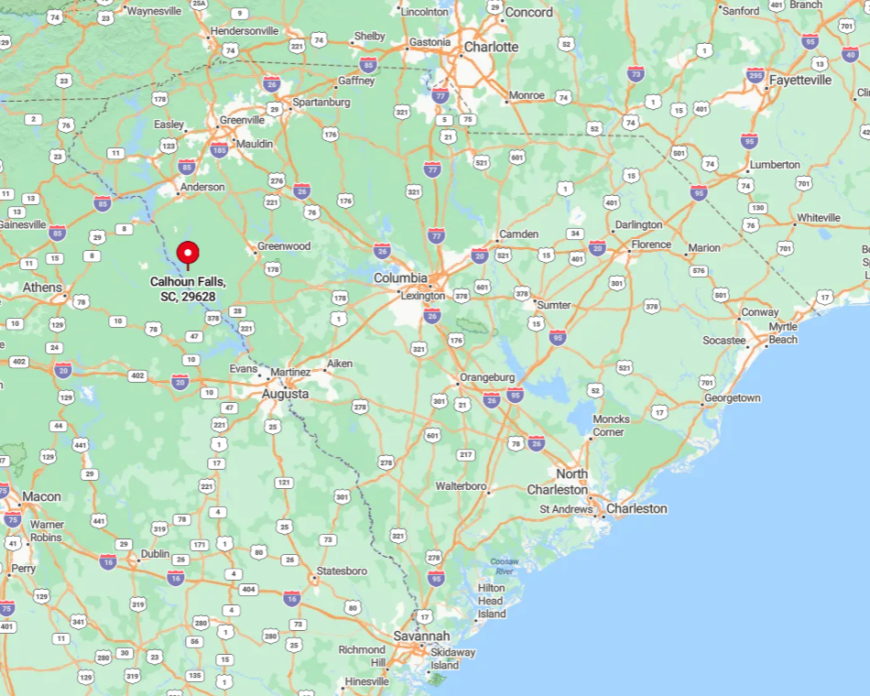
Situated in Abbeville County in the western part of the state, Calhoun Falls lies near the Georgia border along the shores of Lake Russell. Its secluded nature comes from being surrounded by water and forests, with limited access routes enhancing its sense of privacy.
You can reach Calhoun Falls via SC Highway 72, driving through rolling countryside that sets the tone for a peaceful visit. The town’s location away from major cities makes it a serene destination for those looking to escape the noise.
8. Clarks Hill: Seclusion at the State Border
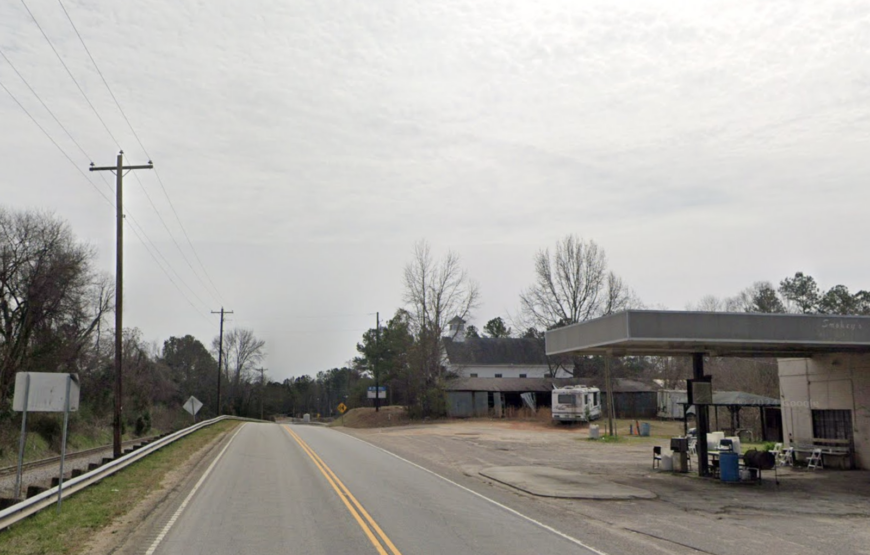
Clarks Hill is a quaint community with a population of just under 400 people, tucked away near the South Carolina-Georgia border. I’ve always appreciated how the town offers a peaceful environment, surrounded by forested areas that are perfect for hiking and wildlife watching.
There isn’t much industry here, aside from small local enterprises and agriculture, which contributes to its quiet atmosphere. The seclusion of Clarks Hill is enhanced by the dense woods and its position away from major highways.
This makes it a haven for those seeking privacy and a close connection with nature. The town’s proximity to Clarks Hill Lake also provides opportunities for fishing and boating without the crowds.
Where is Clarks Hill?
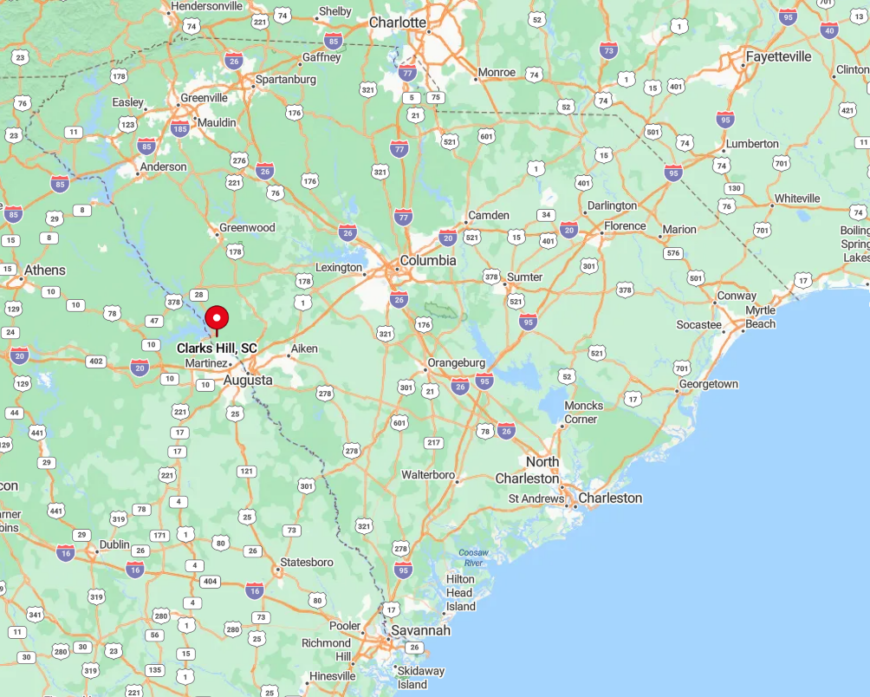
Located in McCormick County in southwestern South Carolina, Clarks Hill sits near the banks of the Savannah River, which forms the state line with Georgia. Its remote setting is due in part to the surrounding forests and the absence of significant urban development in the area.
To reach Clarks Hill, you’ll likely travel along US Route 221 or SC Highway 28, both of which meander through rural landscapes. The town’s secluded location makes it a peaceful stopover or a destination for those who appreciate the quiet charm of country living.
7. Plum Branch: A Tranquil Lakeside Hamlet
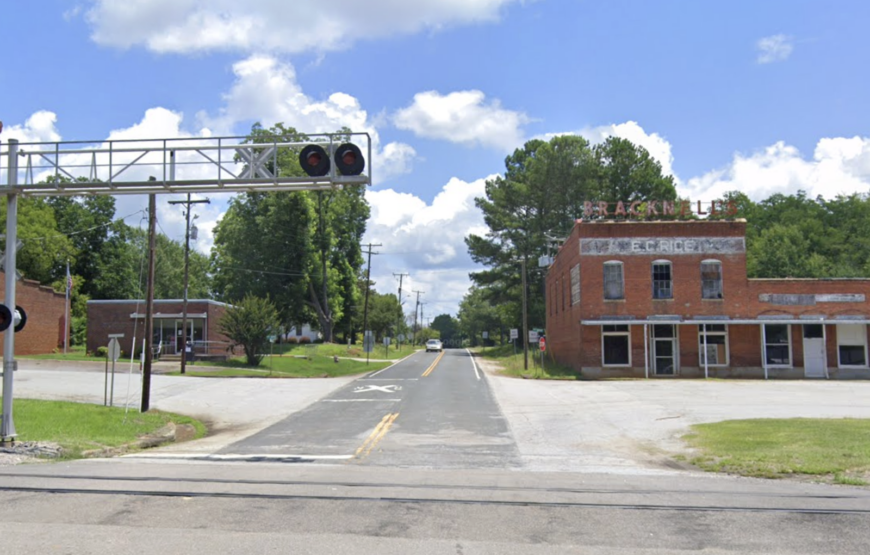
With a population hovering around 80 residents, Plum Branch epitomizes small-town serenity. Nestled near Lake Thurmond, this hamlet offers a tranquil environment where I’ve found peace among the pines and along the water’s edge.
Recreational activities like fishing, kayaking, and picnicking at the nearby parks are popular here. There isn’t a bustling industry, which helps maintain its untouched feel; the community thrives on local businesses and the enjoyment of natural surroundings.
Plum Branch’s seclusion is due to its minimal commercialization and the abundance of undeveloped land in the area. It’s the kind of place where you can truly disconnect and enjoy the simplicity of life.
Where is Plum Branch?

Situated in McCormick County, Plum Branch is located in southwestern South Carolina, close to the shores of Lake Thurmond. Its secluded nature is a result of its remote location, far from major urban centers and shielded by forests.
To get to Plum Branch, you’ll travel along SC Highway 28, winding through scenic, rural landscapes. The town’s peaceful setting and limited accessibility make it a hidden gem for those seeking a quiet retreat.
6. Bradley: Rural Charm Off the Beaten Path
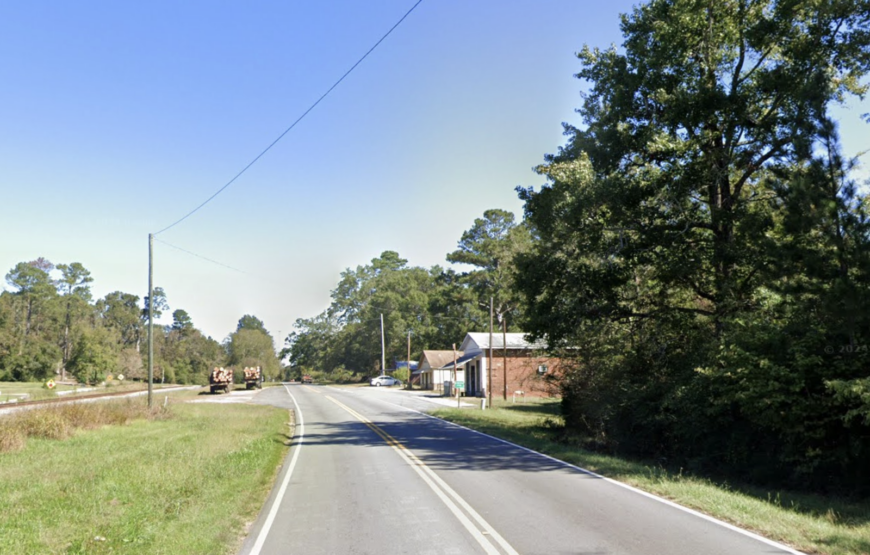
Bradley is a small community with a population of about 170 people, offering the quintessential rural charm that I find so appealing. Surrounded by agricultural fields and open pastures, it’s a place where you can experience the slower pace of country life.
There aren’t significant industries here; most residents are involved in farming or commute to nearby towns for work. The seclusion of Bradley comes from its location off major highways and the expansive farmland that isolates it from more developed areas.
It’s an ideal spot for those who value privacy and the serenity of rural living. The simplicity and quietude make Bradley a refreshing escape from the demands of modern life.
Where is Bradley?
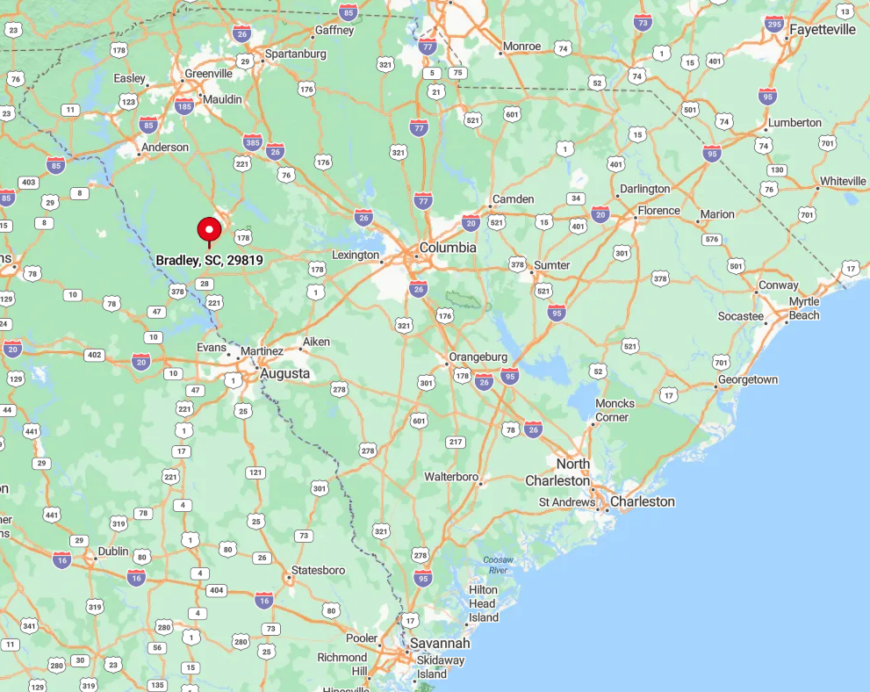
Located in Greenwood County in southwestern South Carolina, Bradley sits comfortably away from bustling city centers. Its off-the-beaten-path location contributes to its seclusion, with few roads leading directly into the town.
To reach Bradley, you can take SC Highway 10 or rural backroads that enhance the feeling of getting away from it all. The town’s remote setting amid rolling farmland makes it a peaceful destination for anyone seeking solitude.
5. Modoc: Lakeside Peace and Privacy
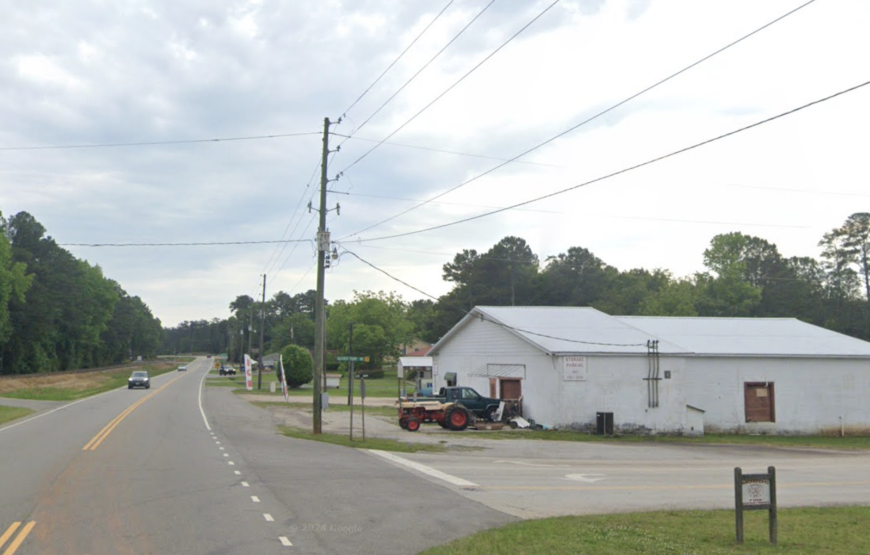
Modoc is a tiny community with around 200 residents, situated near the shores of Lake Strom Thurmond. I’ve enjoyed the area’s abundant outdoor recreational opportunities, including fishing, hiking, and camping. The town lacks major industry, which allows the natural beauty to take center stage.
Modoc’s seclusion is a product of its location amidst untouched landscapes and limited development. The sprawling woods and the lake create a tranquil environment that is perfect for unwinding. If you’re looking for peace and privacy near the water, Modoc might just be the spot for you.
Where is Modoc?
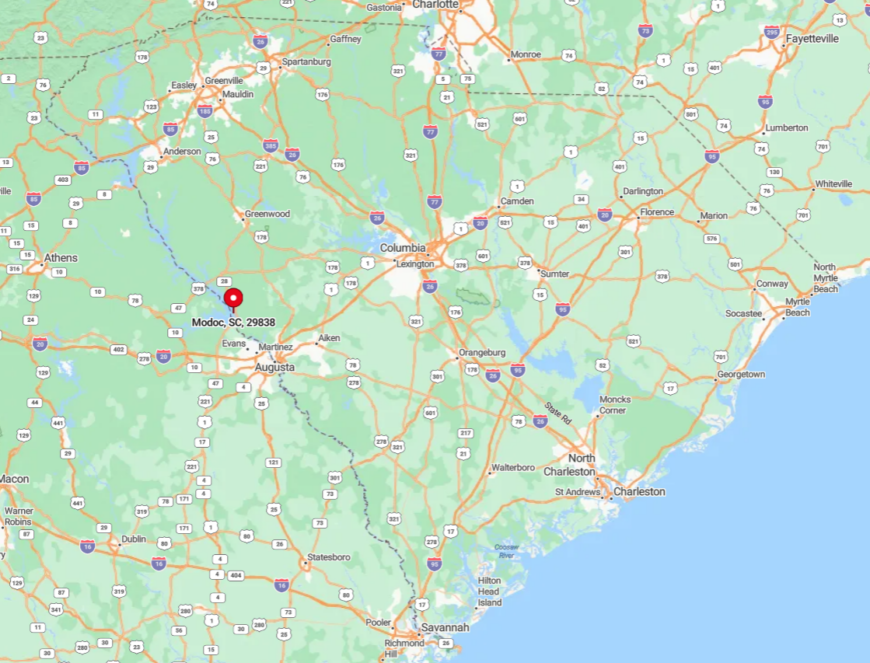
Located in McCormick County, Modoc lies in the southwestern corner of South Carolina, close to the Georgia border. Its secluded nature stems from its proximity to vast forested areas and the expansive Lake Strom Thurmond.
Access to Modoc is primarily via US Route 221 and SC Highway 28, which traverse scenic countryside. The town’s remote lakeside setting makes it an ideal retreat away from the hustle and bustle of city life.
4. Troy: The Whispering Pines Locale
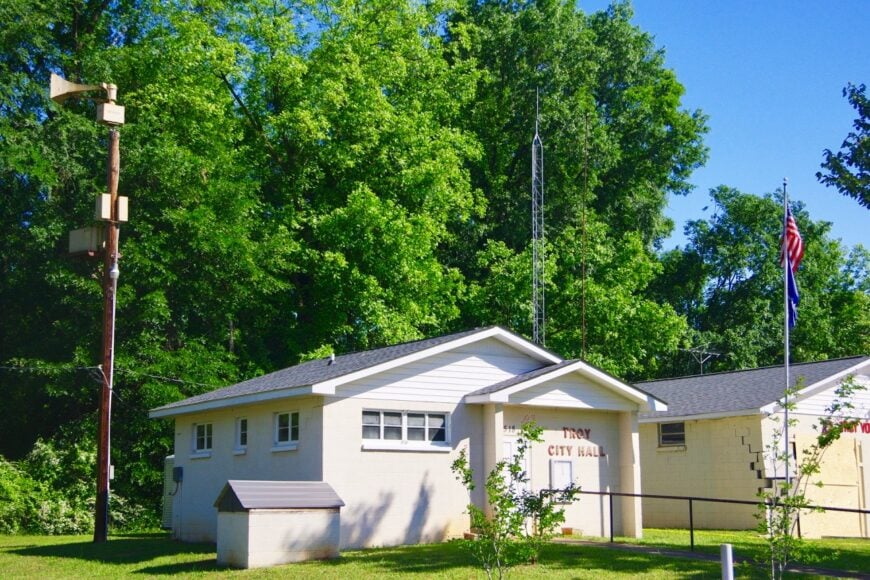
With a population of just over 100, Troy is a serene community surrounded by forests of whispering pines. I’ve found that the area is perfect for nature enthusiasts who enjoy hiking and bird-watching in the quiet woods. There isn’t much in the way of industry, keeping the town peaceful and unspoiled by development.
Troy’s seclusion is due to its dense forests and the lack of major roads passing through, making it feel like a hidden sanctuary. The close-knit community and the connection with nature make Troy a special place. If solitude and natural beauty are what you seek, Troy offers both in abundance.
Where is Troy?
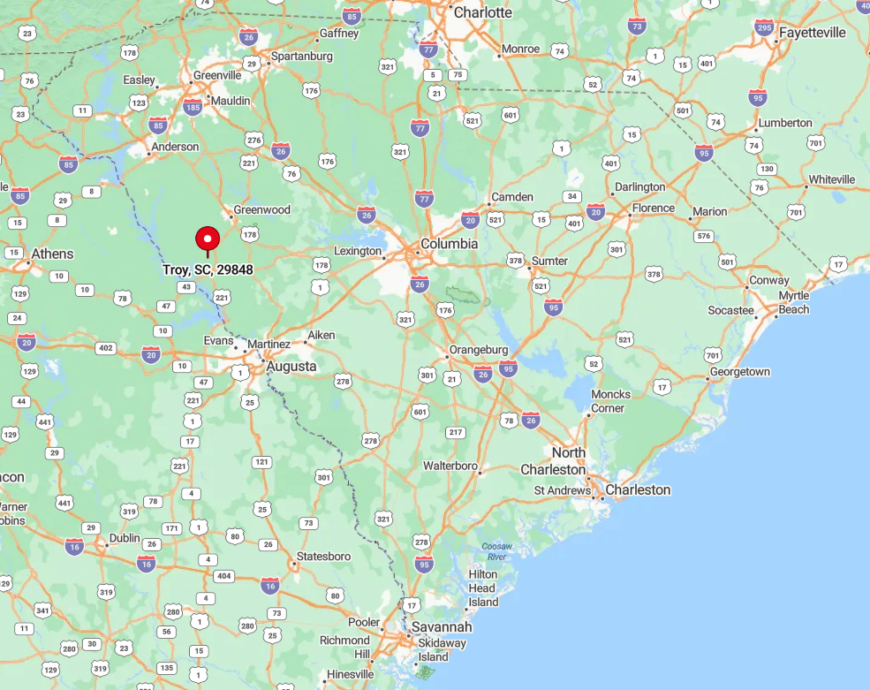
Situated in Greenwood County, Troy is located in southwestern South Carolina, away from busy urban areas. The town’s location amid extensive woodlands contributes significantly to its secluded atmosphere.
You can reach Troy via SC Highway 10, but the journey through forested areas adds to the sense of departure from the everyday world. The town’s remote setting makes it an ideal spot for those looking to immerse themselves in nature and enjoy some peace and quiet.
3. Mount Carmel: The Quiet Countryside Escape
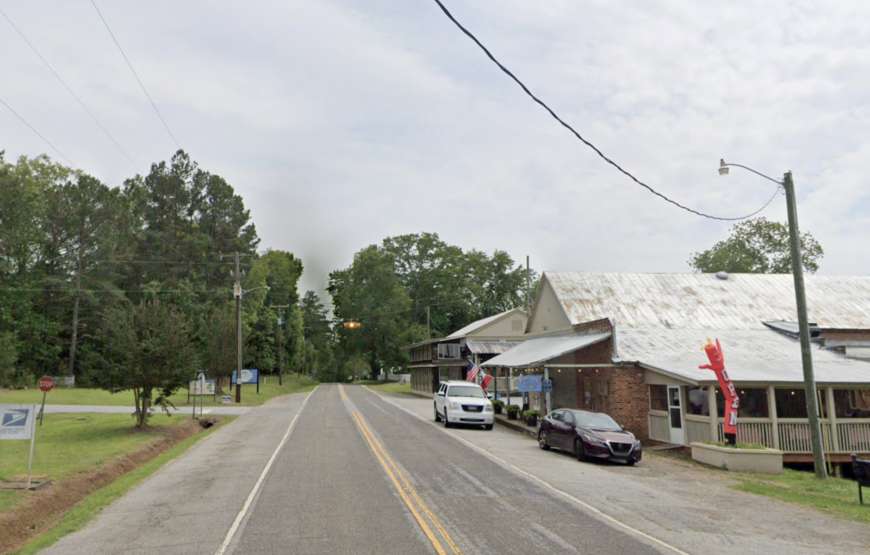
Mount Carmel is a small, historic town with a population of about 200, offering a quiet escape in the countryside. I’ve admired its well-preserved historic buildings and the nostalgic charm that permeates the town. While there’s little in the way of industry, the town’s simplicity is part of its allure.
The seclusion of Mount Carmel comes from its minimal traffic and the vast open spaces that surround it, providing an atmosphere of solitude. The town feels almost frozen in time, offering a unique glimpse into South Carolina’s past.
For those seeking a peaceful retreat with a touch of history, Mount Carmel is a delightful destination.
Where is Mount Carmel?
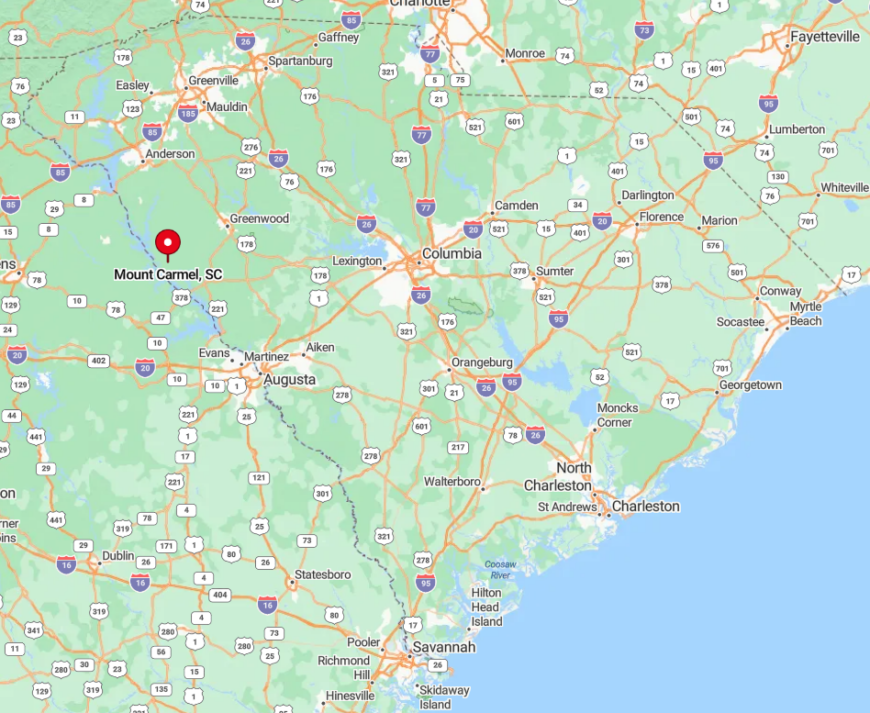
Located in McCormick County in southwestern South Carolina, Mount Carmel sits near the Savannah River and the Georgia border. Its secluded nature is due to its position away from major highways and the enveloping rural landscapes.
Access is primarily via SC Highway 28 or SC Highway 81, which pass through rolling countryside and farmland. The town’s remote location adds to its quiet charm, making it a haven for those wanting to step away from the busyness of daily life.
2. Edgefield: Serenity Amidst Rolling Hills
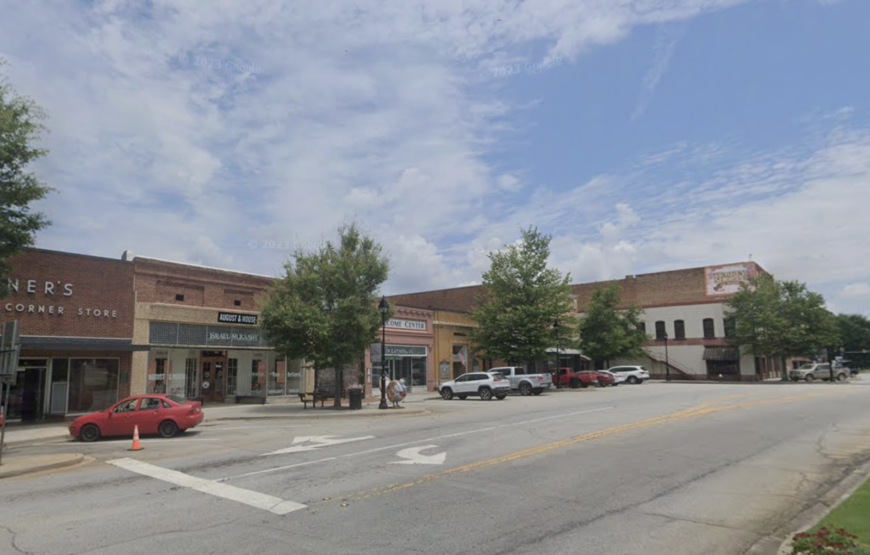
Edgefield is a town with a population of around 2,300, known for its rich history and serene landscapes of rolling hills. I enjoy strolling through its historic downtown, which offers quaint shops, local eateries, and a glimpse into South Carolina’s past.
The town’s economy is diverse, including agriculture, manufacturing, and small businesses, but it manages to maintain a low-density living environment. Edgefield’s seclusion comes from its spacious farmlands and the surrounding natural beauty, providing a peaceful atmosphere away from urban sprawl.
The blend of history and tranquility makes it a unique place to experience. If you’re looking for a serene setting with a touch of Southern charm, Edgefield won’t disappoint.
Where is Edgefield?
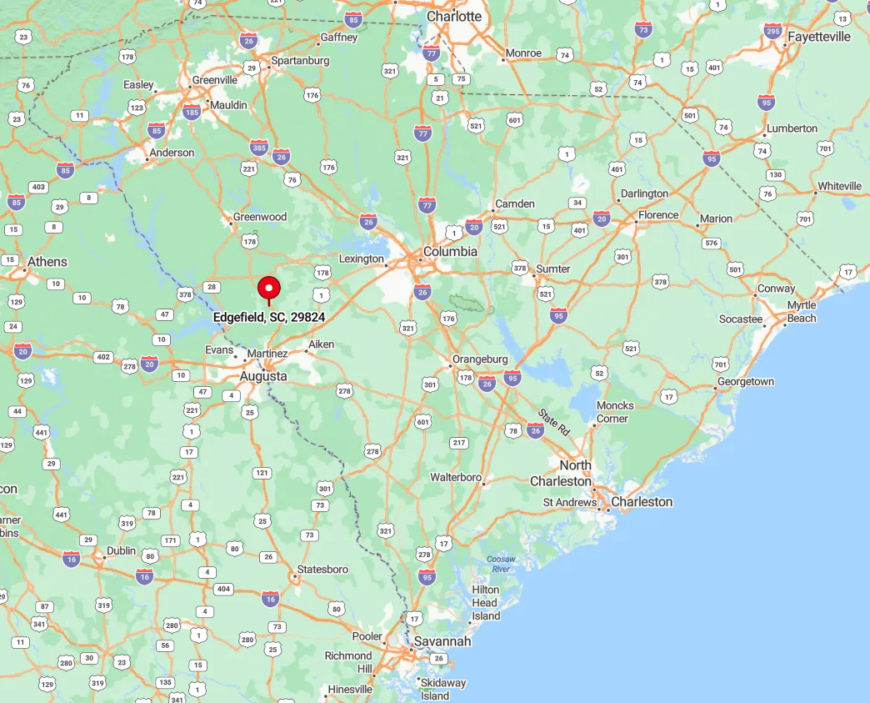
Situated in Edgefield County in southwestern South Carolina, the town of Edgefield is nestled amidst rolling hills and rural landscapes. Its secluded feel is due to the expansive farmlands and the absence of nearby major cities.
You can reach Edgefield via US Route 25 or SC Highway 23, driving through picturesque scenery that underscores the town’s peaceful nature. Edgefield’s location offers the serenity of the countryside while still providing access to essential amenities.
1. McCormick: A Hidden Gem Near the Savannah River
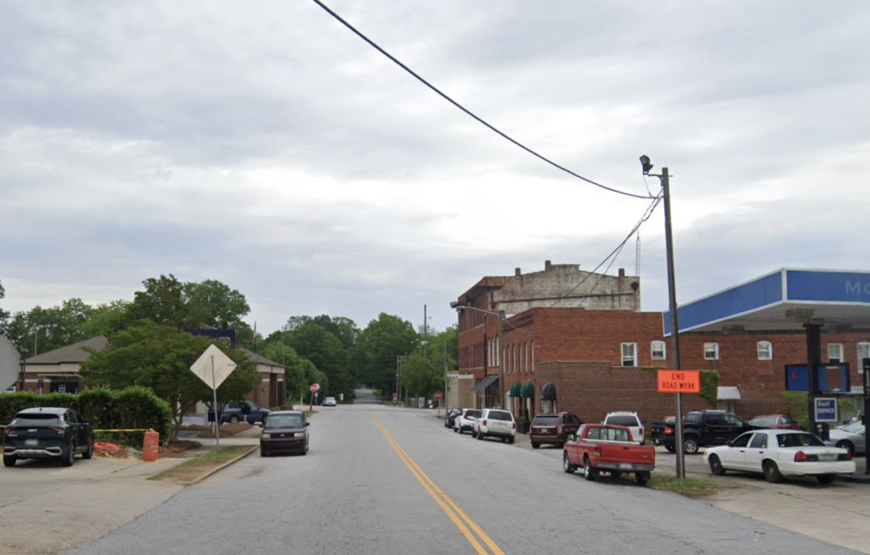
McCormick, with a population of approximately 2,500, is a hidden gem nestled near the Savannah River. I’ve always appreciated its rich history, visible in the restored buildings and the McCormick Train Station, which now serves as a visitors’ center.
The town offers peaceful retreats into nature with nearby Sumter National Forest and several lakes ideal for fishing and boating. The main industries include forestry, small-scale manufacturing, and tourism, but the town retains a quiet, small-town feel.
McCormick’s seclusion comes from its sparse population and the natural beauty that surrounds it, offering a peaceful environment for residents and visitors alike. It’s a place where you can step back from the fast pace of life and enjoy the simpler things.
Where is McCormick?
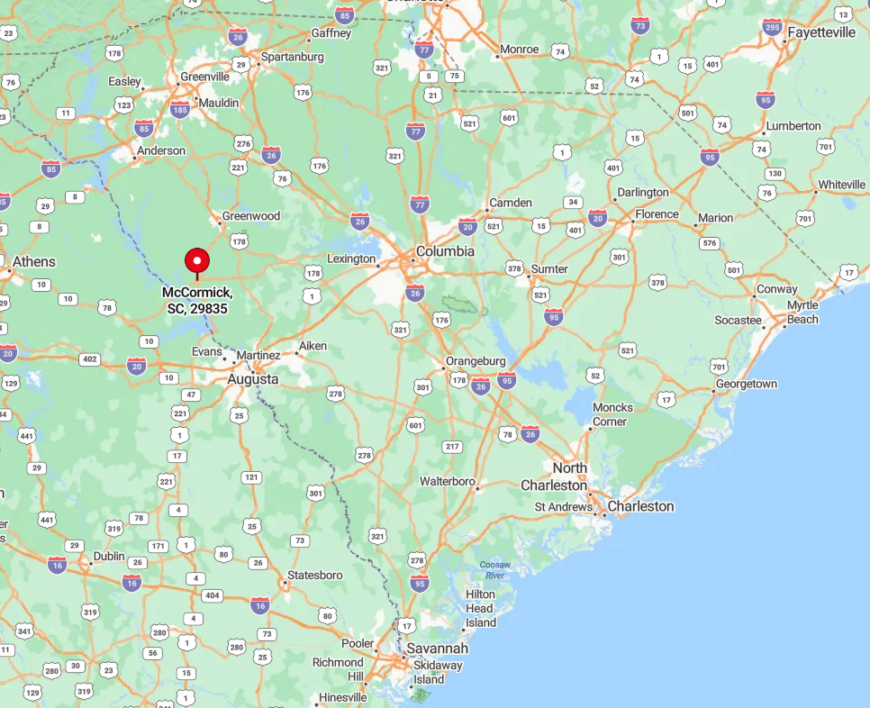
Located in McCormick County in southwestern South Carolina, McCormick sits close to the Georgia border and the banks of the Savannah River. Its secluded setting is due to the expansive forests and lakes that encircle the town, as well as its distance from major urban centers.
To reach McCormick, you’ll likely travel along US Route 378 or SC Highway 28, roads that weave through scenic rural areas. The town’s remote location and natural surroundings make it an ideal spot for those seeking a quiet retreat.

